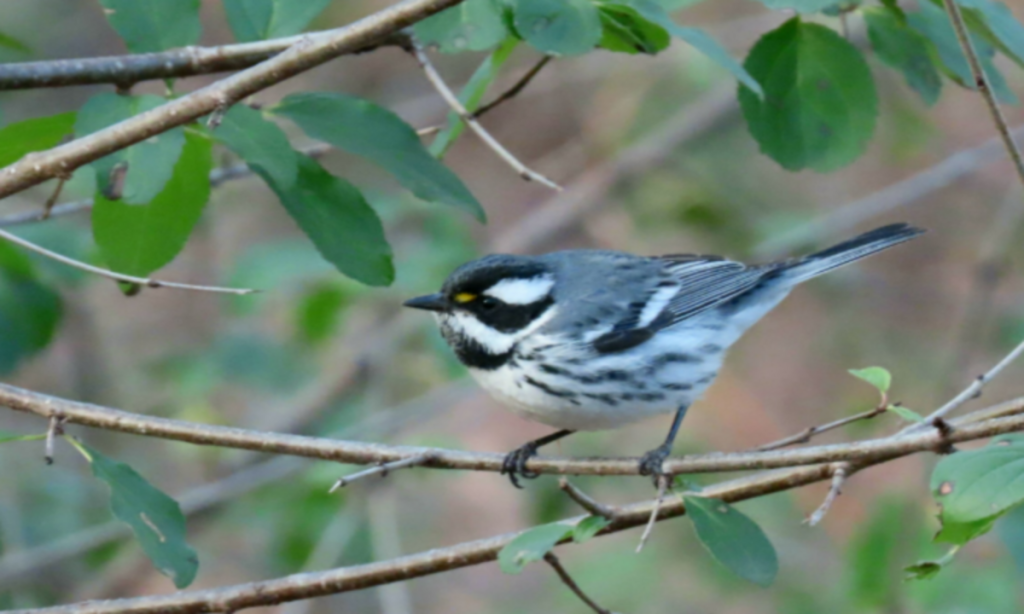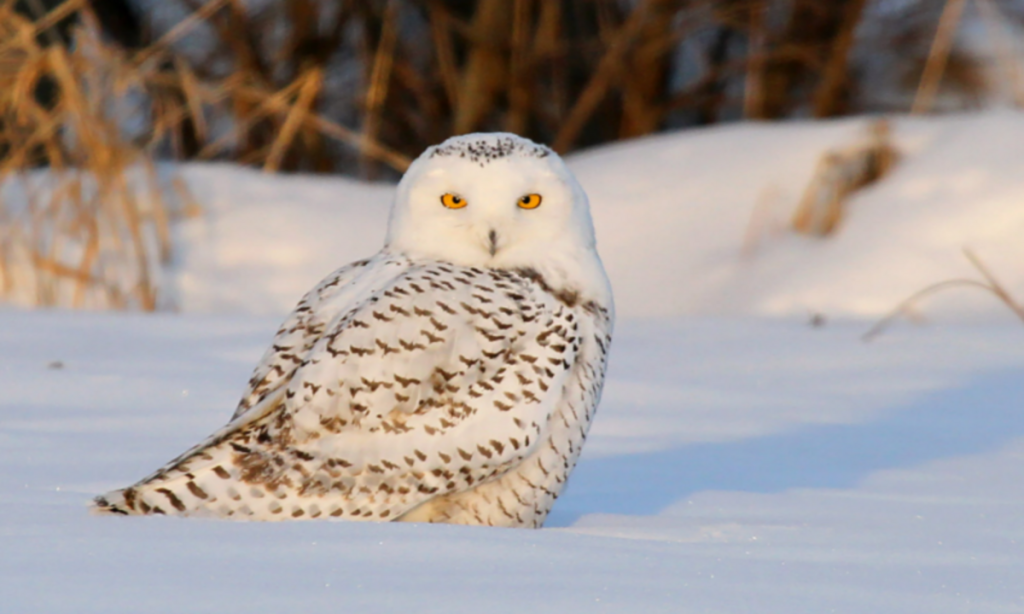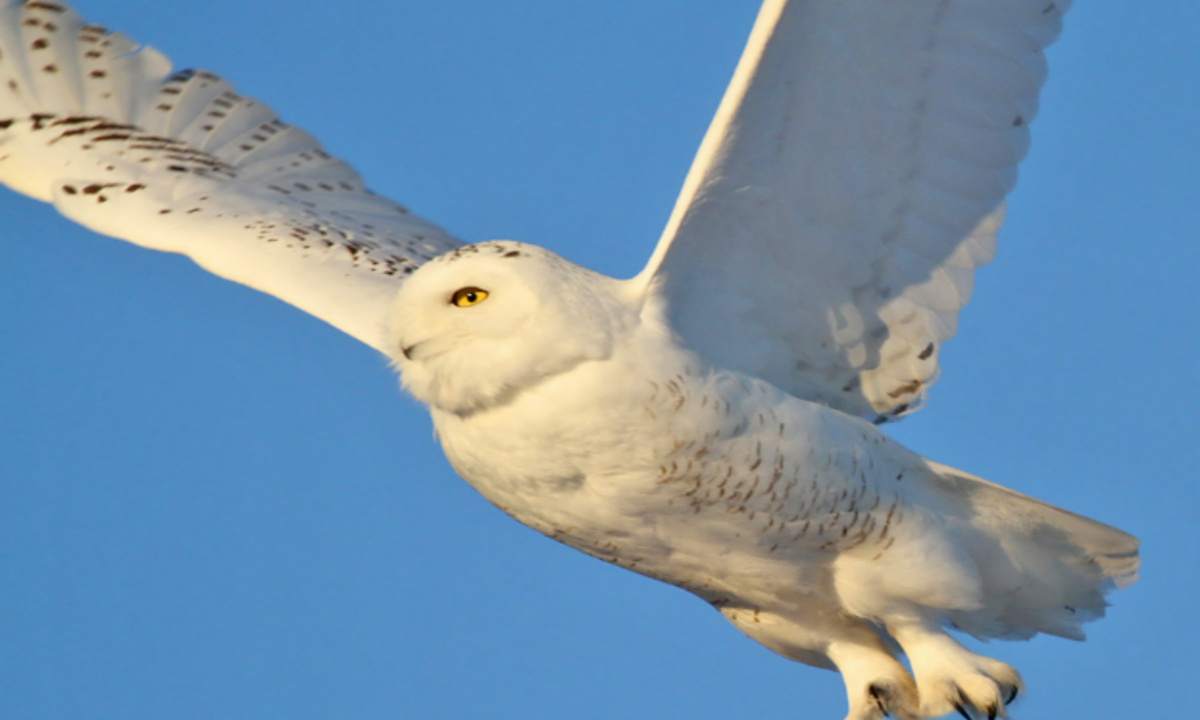In recent times, Wisconsin wildlife experts have been advising bird enthusiasts to exercise caution when sharing the locations of rare bird sightings. While the excitement of spotting an uncommon species is understandable, publicizing these locations can inadvertently lead to negative consequences for the birds and their habitats.
The Risks of Sharing Rare Bird Locations
Sharing the exact whereabouts of rare birds can attract large crowds of bird watchers and photographers. This influx can cause stress to the birds, disrupt their natural behaviors, and even lead to habitat degradation. The Wisconsin Society for Ornithology (WSO) emphasizes the importance of protecting wildlife and their environments. Their Code of Ethics advises birders to avoid actions that might endanger birds or other wildlife, such as chasing or repeatedly flushing them, and to observe from a safe distance using appropriate equipment.
Moreover, the presence of large groups can lead to unintended habitat damage. Trampling vegetation, disturbing nesting sites, and leaving behind litter are common issues when many people converge on a single location. Such disturbances can have long-term effects on local ecosystems, making it crucial to minimize human impact.
Biosecurity Concerns
Another significant concern is the potential spread of diseases among bird populations. Congregating at sites where rare birds are present can facilitate the transmission of illnesses like avian influenza. A letter to the editor highlighted that rare bird sightings raise questions about migratory patterns and the potential spread of diseases. The article noted that avian influenza outbreaks have occurred in various countries, emphasizing the need for caution.
To mitigate these risks, experts recommend practicing good biosecurity measures. This includes cleaning footwear and equipment before and after visiting natural areas to prevent the spread of pathogens. Additionally, avoiding close contact with birds and refraining from touching or handling them can reduce the risk of disease transmission.
Guidelines for Ethical Birding
To protect rare birds and their habitats, the following guidelines are recommended:
Limit Sharing Specific Locations: Instead of publicizing exact spots, consider sharing general information about wildlife the sighting. This approach reduces the risk of large crowds converging on sensitive areas.
Observe from a Distance: Use binoculars or spotting scopes to watch birds without disturbing them. If a bird shows signs of stress, such as agitation or changes in behavior, increase your distance.
Avoid Baiting or Feeding: Providing food to attract birds can alter their natural behaviors and diets, potentially leading to health issues.
Respect Private Property: Always seek permission before entering private lands and adhere to local regulations.
Report Rare Sightings Responsibly: Share your observations with local birding organizations or conservation groups. They can monitor the species and take necessary conservation actions.
The National Audubon Society also highlights the dilemma of sharing rare bird sightings. While sharing can foster community and appreciation for wildlife, it can also lead to disturbances. Birders are encouraged to consider the potential impacts of their actions on the birds and their habitats.
The Role of Birding Communities
Birding organizations play a pivotal role in educating enthusiasts about ethical practices. The Wisconsin Society for Ornithology, for instance, provides resources and guidelines to promote responsible birding. By fostering a culture of respect and awareness, these communities help ensure that birding activities do not harm the very species they admire.
In conclusion, while the thrill of spotting a rare bird is undeniable, it’s essential to prioritize the well-being of wildlife and their habitats. By adopting ethical birding practices and being mindful of the potential consequences of sharing specific locations, enthusiasts can enjoy their hobby while contributing to conservation efforts.
Disclaimer—Our team has checked this article to ensure its accuracy and eliminate any misinformation. We are committed to providing clear and reliable information for our readers.


